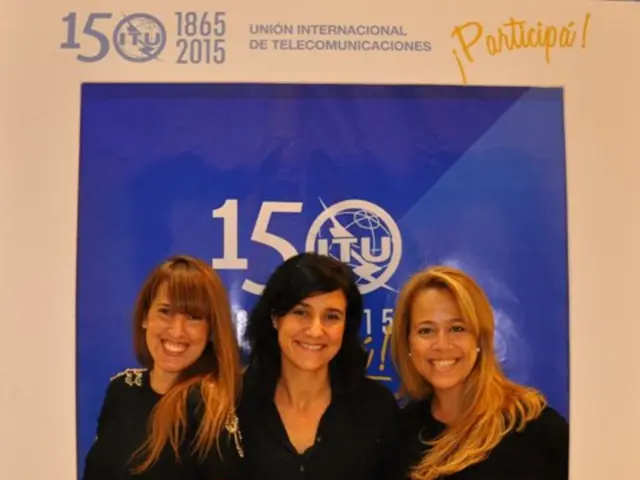Artificial Intelligence in Public Relations Studies: Pace Overlasting Credibility Issues
In the ever-evolving world of Public Relations (PR), the integration of Artificial Intelligence (AI) is transforming the landscape of research and thought leadership.
One significant advancement is the ability of AI to categorise open-text responses without the need for armies of coders. This development promises to streamline the process, making research more efficient and accessible.
However, the use of AI in PR research is not without its challenges. The Cision's 2025 State of the Media Report revealed that nearly three-quarters of journalists expressed concerns about factual errors in AI-generated material. This concern is understandable, given the historic low public trust in media, with only 31% of Americans trusting the news "a great deal" or "a fair amount," and 36% having "no trust at all."
To address these concerns, initiatives like the AAPOR Transparency Initiative, an evolving disclosure standard, provide a framework for PR teams to align with. This ensures that research methods are transparent and credible, a crucial factor in earning media coverage.
Research shows that synthetic respondents diverge from real human data once tested across different groups and contexts. Therefore, human oversight is crucial in AI-assisted research. It is essential in defining objectives, interpreting nuance, accountability, bias detection, and ensuring transparency.
Despite these challenges, PR teams that responsibly integrate AI can produce timely and rigorous findings. These findings are capable of tapping into news cycles and withstanding scrutiny, making them valuable in the media landscape where credibility is the most valuable currency.
AI can also help identify fraudulent or bot-like responses in surveys, providing an additional layer of authenticity to research findings. Reporters and editors want to know how respondents were sourced, how questions were framed, and whether findings were verified before publishing any research.
Tools can generate data summaries and visualizations that make insights more accessible, accelerating the pace of research in PR and thought leadership. Tasks like drafting, fielding, analysis, reporting, and data summarization can now be automated, freeing up time for PR teams to focus on strategic decisions.
Large datasets can be summarized almost instantly with AI, providing valuable insights in a fraction of the time it would take manually. This transformation in the pace of research is particularly significant in the fast-moving world of PR.
However, it's important to note that AI-generated research may not meet the standards required for earned media due to shortcomings like the use of synthetic respondents and unreliable model outputs. Therefore, PR teams need to deliver research that is clear, contextual, and credible to earn media coverage, as reporters are inundated with pitches and are more discerning due to the low public trust in media.
The future of PR research lies in treating AI as a partner, accelerating processes while upholding standards of rigor and transparency. While AI can help automate tasks and provide valuable insights, human oversight and interpretation are still crucial.
Moreover, nearly half of Americans express concerns about AI's impact on the news they receive, while only one in 10 believe it will have a positive effect. This highlights the need for PR teams to responsibly integrate AI, ensuring that it enhances rather than undermines the credibility of their research.
Examples of responsible AI integration in PR research can be found in Germany, where research teams like the AG CommTech and GK Personalberatung are using AI methods in PR and opinion leadership research. Companies like Covestro, Otto Group, and Körber serve as best practice examples in applying these AI methods responsibly with an emphasis on hybrid competence profiles blending technological efficiency and human authenticity. These teams follow emerging standards focusing on clear responsibilities within teams, transparency in AI application, and ensuring verifiability of results, emphasizing a balance between automation and human oversight.
Despite the occasional errors, such as OpenAI's newest model, GPT-5, still making incorrect claims nearly 10% of the time, the potential benefits of AI in PR research are clear. By embracing AI as a partner and upholding the standards of rigor and transparency, PR teams can produce research that is not only efficient but also credible and valuable in today's media landscape.
Read also:
- chaos unveiled on Clowning Street: week 63's antics from 'Two-Tier Keir' and his chaotic Labour Circus
- Skechers Debuts First American Stores Focused on Athletic Footwear Performance
- Racing ahead in Renewable Energy Dominance: Changzhou, Jiangsu Pushes for Worldwide Renewable Energy Ascendancy
- The potential consequences of the European Union's Clean Hydrogen strategy in relation to exacerbating our global climate emergency.




